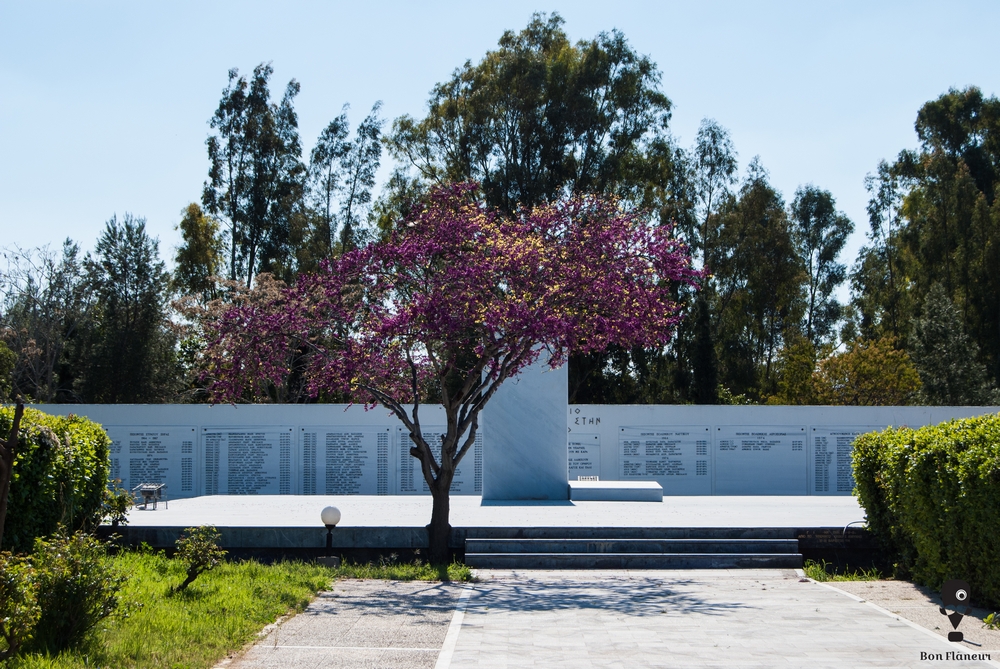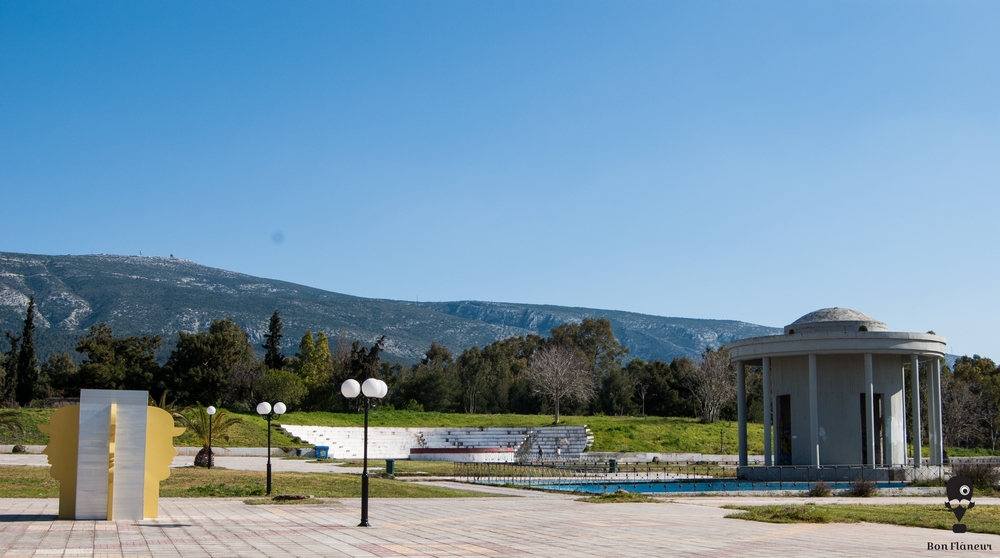Goudi Park
Goudi Park is a former military base, it has been partially turned into a park, although there is a long way to go before it is completed.
Location
Timeline
Modern and Contemporary era (1821 - )
1909 On August 15, the Goudi Movement breaks out.
1922 In November, the 6 are executed.
1952 On March 30, Nikos Belogiannis and his comrades are executed.
2009 The trial of the 6 was repeated, and they were found not guilty.






Share